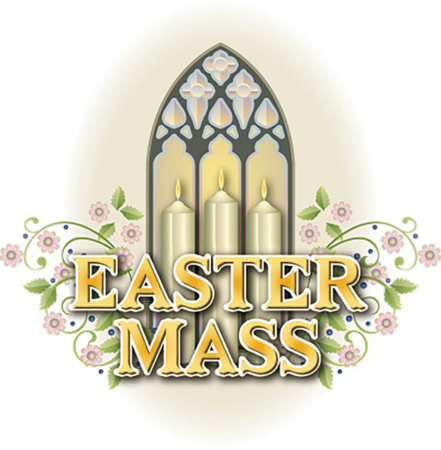Easter is the holiest day of the year for Christians. According to biblical scripture, Jesus Christ is the promised Messiah and Savior to the World. Easter Sunday marks His resurrection from death on the cross, upon which He paid the full penalty for humanity’s sins by offering a spotless sacrifice in Himself, established the Christian religion and belief in everlasting life after death.
The road to Easter
In the weeks leading up to Easter, the faithful participate in a 40-day period of fasting, repentance and spiritual discipline known as Lent. In western Christianity, Lent begins on Ash Wednesday. Easter is preceded by Holy Week, which starts with Palm Sunday, the celebration of Jesus’ triumphant entry into Jerusalem, and encompasses Holy Thursday, Good Friday and Holy Saturday.
Services during Lent and Holy Week are special and differ from others in the liturgical year. On Palm Sunday, for example, Roman Catholics and other Christians will take part in the reading of the Passion, which details Judas’ betrayal of Jesus Christ, and His crucifixion.
Easter Vigil
The Easter Vigil is an ancient liturgy celebrated on the night before Easter Sunday. It began as an all-night vigil, but has since been shortened. The Vigil begins with the church shrouded in darkness before a candle is lit from a fire outside the church. The candle represents Jesus Christ, the light of the world. Eventually all the candles in the sanctuary are lit from the Easter candle. Readings focus on God’s marvelous plan and span from Genesis to the New Testament.
The Mass of Easter
(The Resurrection of the Lord)
Easter Sunday Mass is a celebratory time for Christians. Most attend services in their formal clothing and give thanks to Jesus and to bask in the light of His eternal life.
According to the United States Conference of Catholic Bishops, Easter Sunday features key readings and responses. The First Reading is from Acts 10:34a, 37-43, and speaks of Jesus of Nazareth being anointed with the Holy Spirit. The Second Reading is from Colossians 3:1-4 or Corinthians 5:6B-8, which details following Christ and turning away from sin and into His Glory. The Gospel that will be read can be one of these four: John 20:1-9, Matthew 28:1-10, Luke 24:13-35, or Mark 16:1-7. These readings each speak to the discovery of Jesus’ empty burial tomb and reassure disciples they should not be afraid because He has been raised from the dead in glory.
Depending on the parish, refreshments may follow the Easter mass and there is a fellowship of the community joined together on this holy day. Families then go home to their individual Easter celebrations, often sharing a lamb or ham dinner with family and friends.
Easter Sunday Mass is the penultimate Holy Week celebration in the Christian Church. It is a time of great joy and tradition.




